
Herbs for dyeing
Despite their prevailing use in cooking and as a remedy for various health conditions, another use of herbs is as means for giving materials more interesting outlook, in the sense of the color they are dyed in. What the interesting and dazzling fact is that each time you are dyeing a material with a herb or some plant, you always get a color which you did not have in mind at the outset of your little project. Nature is to be accounted for, for this one since it endowed all the herbswith the innate potential to dye. This results in excellent colors and their intensity, the one which colors produced according to a specific chemical formula unfortunately can not provide you with. Each and every herb/plant when employed for the purpose of dyeing is bound always to give that, what your are looking to dye, and a certain color.
Dyeing - instructions
In brief, the first thing you do is make one dye and do so by means of, either simmering them or you can also boil them, the choice is yours. In order to be able to extract and get the exact color you had envisioned, what is essential is that almost all parts of the herb need to be used in the making process.
Step 1 – get those plants ready, i.e. do away with those more resilient herbs by means of crushing and chopping. Those more fragile parts could and should be chopped a bit for the purpose of area exposure.
Step 2 – “scrub” the material off; although the step with making the dye is an interesting one, the process of getting the piece of fabric ready for dyeing can prove to be more painstaking and extremely boring. Prior to putting the color on the surface of the fabric of your choice, first you need to make sure that piece of fabric is clean and treated by means of a coloring agent (such as fixative). Cleaning of the fabric is a two-step process:
1) you wash the fabric you desire to color in hot water having in it a substance such as the washing soda, and
2) find yourself a vessel made of stainless steel, fill it with water (only half of it) and sprinkle with the washing soda (one ounce per fabric’s pound) and put the fabric in this solution bringing the combination to a boiling point.
Step 3 – what you need to do next is to make the Dye Fill and submerge in it that piece of fabric which needs to be dyed and given a new color.
Step 4 – bring the fabric preparation process to an end so that dyed fabric is able to absorb and keep as more color as possible.
Step 5 – once the mixture intended for dyeing has cooled and the fabric in question has already seethed one hour long together with the coloring agent it is time to take the piece of fabric and put it in the vessel, containing the dyed water, and let it be until it reaches the seething point.
Step 6 – the moment you estimate that the quantity of the color is satisfactory, it is then that the final rinse takes place and afterwards the drying.




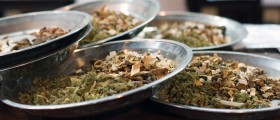


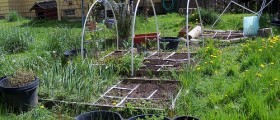
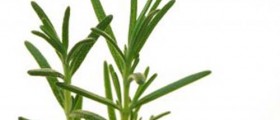
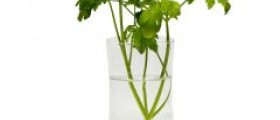

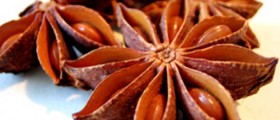
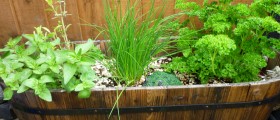




Your thoughts on this
Loading...